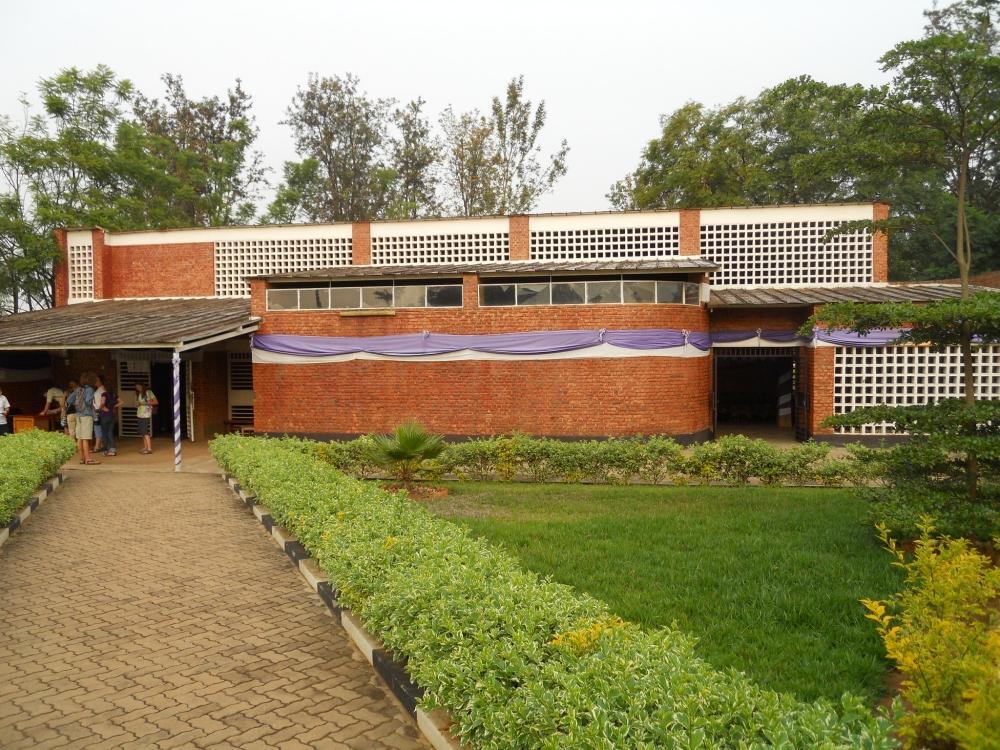Africa-Press – Rwanda. The remains of 320 victims of the 1994 Genocide against the Tutsi have been recovered over the past four days in Nyamata Sector, Bugesera District, according to the genocide survivors’ association, Ibuka.
Chantal Bankundiye, coordinator of Ibuka in Bugesera District, told The New Times that the bodies were discovered near the Nyamata Genocide Memorial when construction workers were digging near the road to expand water supply networks in the area.
The exhumation of the bodies began on April 10 in Gatare Village, Nyamata Ville Cell.
“Initially, 10 bodies were discovered, and more than 30 were found the following day. So far, 320 bodies have been exhumed,” Bankundiye said.
She noted that the area where the genocide victims’ remains were found has a unique history related to the massacres of Tutsi.
“The area is in the vicinity of the Nyamata Memorial, which was once a church where many Tutsi were killed. It was also part of the former Nyamata Commune, where thousands of Tutsi were murdered by Interahamwe militia and soldiers from Gako Military Academy between April 14 and 15, 1994. Many roadblocks were also set up in the area during the Genocide,” she explained.
Nyamata memorial is among the four genocide memorials inscribed on UNESCO World Heritage List.
Bankundiye said that bulldozers were used to pile soil over the bodies of many Tutsi after they were killed.
“Some people who managed to escape the killings inside Nyamata Church were later killed at the roadblocks,” she added.
Years before the Genocide, many of the Tutsi families living in the north and south of the country were forcibly relocated to the barren and tsetse fly-infested area of Nyamata, in Bugesera District.
Once the area had been inhabited by the Tutsi, around 1980, a church was established for worship. In 1994, the once-sacred site was desecrated.
Over 40,000 people who had sought refuge there were brutally massacred in a single day.
Following negotiations between the Catholic Church and the Rwandan government, Nyamata Church was converted into a memorial site, representing the many houses of worship where victims of the Genocide against the Tutsi were slaughtered.
For More News And Analysis About Rwanda Follow Africa-Press






